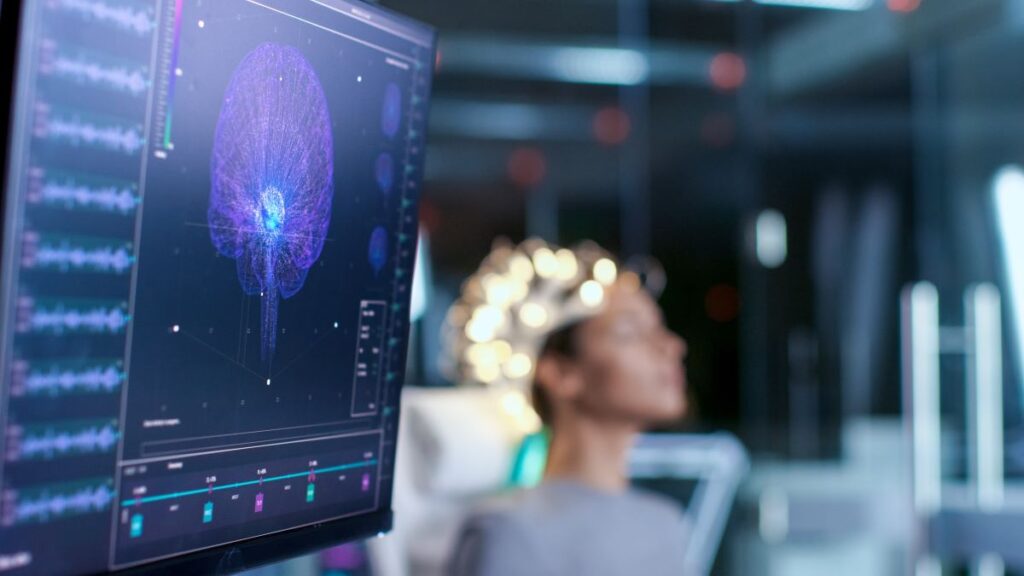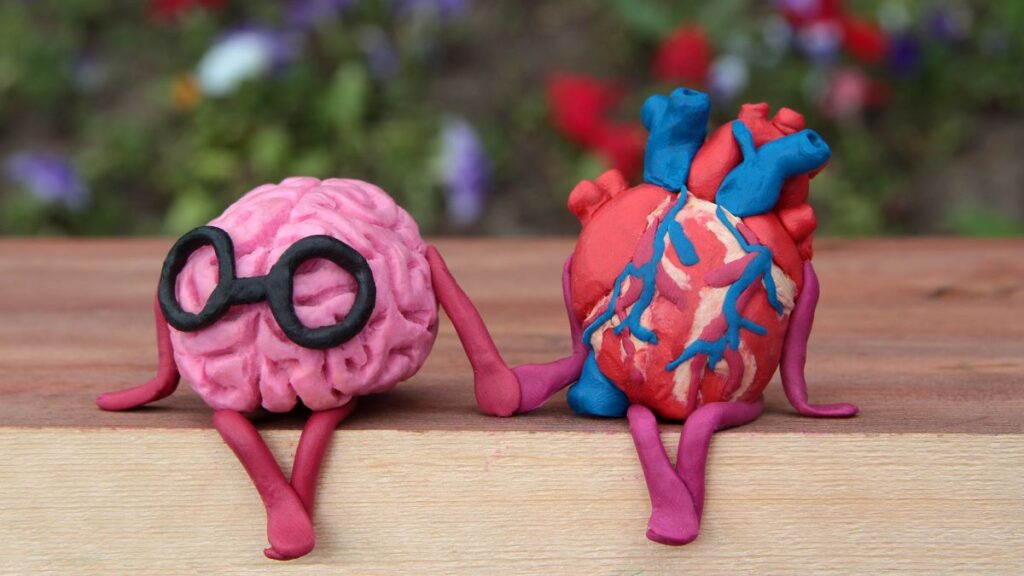Love at first sight isn’t just a fairy tale.
Scientists are studying heart and brain signals to unmask the physiology behind the intense emotional experience of an immediate and strong romantic attraction felt toward someone new. Their findings could lead to better matchmaking methods than those offered by traditional dating services.
The limits of traditional matchmaking methods
When someone joins a dating app or hires a professional matchmaker, they’re often asked to fill out a questionnaire about themselves and their ideal partner. This information is then used to find compatible matches.
In theory, the practice sounds reasonable. Yet research suggests that it’s difficult to predict who someone will be attracted to in person.
To complicate matters further, what we say we want and what we actually like can be very different. Our judgments of ourselves can also be unreliable due to our subjective views and environmental influences.
Listen to your heart

In a 2021 paper published in Computational Intelligence and Neuroscience, scientists at Southwest University in China aimed to understand how our heart signals correspond to spontaneous feelings of attraction.
Specifically, they used electrocardiograms (ECGs) to measure electrical activity in the heart and develop an algorithm to recognize the emotional state related to the Impulse of Love at First Sight (ILFS).
They describe this impulse as a “significant initial attraction” that results in a strong desire to get to know someone better. It involves judging if you like them, feeling happy about it, and noticing changes in your own body, such as a faster heartbeat.
For this research, 46 university students (24 women and 22 men) evaluated the attractiveness of 240 images of the opposite sex while their ECG signals were recorded. They were asked to avoid exercise prior to the experiment to maintain normal heart rates.
The research team extracted 25 distinct features from these ECG signals, which included heartbeat interval variations, frequency analyses, and nonlinear characteristics. By analyzing this data, they distinguished between ILFS (Impulse of Love at First Sight) and non-ILFS states, achieving a detection accuracy of 69.07% for ILFS.
Considering the future of matchmaking, the researchers suggested examining heart signals to help people looking for love to swiftly discern if there is a mutual spark of attraction. This could streamline the process of starting new relationships.
They took the idea a step further and proposed integrating this method into wearable devices.
Love on the brain

A year later, scientists at Southwest University decided to take a different approach: they explored whether brain waves could reveal when someone is feeling an initial romantic attraction.
To do this, they created a fake dating platform akin to Tinder. Fifty single participants (25 women and 25 men) then rated their attraction to pictures of potential partners while their brain activity was recorded using a 128-channel electroencephalogram (EEG) device.
The researchers found that certain alpha and beta brainwave patterns in the frontal and parietal lobes, along with specific theta waves, were effective in identifying initial romantic attraction. This matches previous research that has shown these areas and types of brainwaves are involved in emotional processing.
They used a technique called wavelet transform to analyze these brainwaves, particularly examining different frequencies and how they varied between the brain’s left and right sides.
Using machine learning, they successfully distinguished between states of romantic attraction and non-attraction based on brain activity, achieving about 85% accuracy.
The researchers are optimistic EEG-based systems could be used by dating services to match individuals based on authentic, subconscious brain responses, not simply shared interests or physical appearance.
The future of finding love

Body signals, being sometimes more trustworthy than words, offer a window into our true emotions. Research into heart and brain activities has shown that these physiological markers can provide profound insights into our feelings and attractions.
As smartwatches and both augmented and virtual reality headsets grow in popularity, the opportunity to integrate biometric tracking into these wearable devices is becoming more and more practical. Given the technology’s affordability and portability, it could transform both digital dating experiences and real-life interactions.
Such integration stands to revolutionize the way we form connections, rendering the quest for a compatible partner more intuitive and woven into the fabric of daily life.
Ultimately, swiping right by relying on our physiological responses could lead to more and better matches.
Featured Image Source: AI-generated with DALL-E



